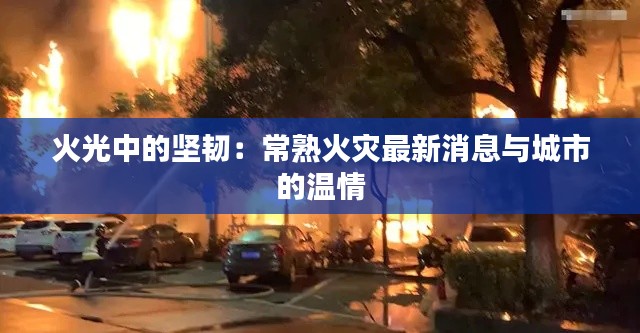Title: Unveiling the Real-Time Traffic Congestion Rankings: A Comprehensive Look
Title: Unveiling the Real-Time Traffic Congestion Rankings: A Comprehensive Look
In the fast-paced world we live in, traffic congestion has become a common issue that affects the daily lives of millions of people. Whether you are commuting to work, running errands, or simply enjoying a leisurely drive, encountering traffic jams can be frustrating and time-consuming. To help drivers navigate through the chaos, real-time traffic congestion rankings have become increasingly popular. This article delves into the concept of real-time traffic congestion rankings, their importance, and how they are used to improve our daily commutes.
Understanding Real-Time Traffic Congestion Rankings
Real-time traffic congestion rankings provide drivers with up-to-date information about the current traffic conditions on major roads and highways. These rankings are typically based on data collected from various sources, including traffic cameras, sensors installed on the road, and GPS data from smartphones and navigation systems. By analyzing this data, authorities and app developers can generate rankings that reflect the severity of traffic congestion at any given time.
How Are These Rankings Calculated?
The calculation of real-time traffic congestion rankings involves several steps. First, data is collected from various sources, which is then processed to determine the speed of traffic on different routes. This speed data is compared to the average speed of traffic under normal conditions to identify areas where congestion is occurring. The rankings are often based on a scale, such as a 1 to 5 rating, with 1 indicating minimal congestion and 5 indicating severe congestion.
The Importance of Real-Time Traffic Congestion Rankings
Real-time traffic congestion rankings offer several benefits to drivers and commuters. Firstly, they help drivers avoid heavily congested areas, saving time and reducing stress. By planning their routes based on the rankings, drivers can choose the least congested routes, which can also help reduce overall traffic volume. Additionally, these rankings can be used by authorities to implement traffic management strategies, such as lane closures or temporary roadwork, to alleviate congestion.
How Are These Rankings Used?
Real-time traffic congestion rankings are utilized in various ways. Navigation apps, such as Google Maps and Waze, integrate these rankings into their route planning features. When drivers input their destination, the app suggests the fastest route based on the current traffic conditions. Some apps also provide real-time alerts to drivers when they are approaching a congested area, allowing them to take alternative routes or adjust their driving speed. Moreover, authorities use these rankings to monitor traffic patterns and identify problem areas. This information can be used to improve infrastructure, such as adding more lanes or implementing traffic calming measures. In some cases, these rankings are also used in conjunction with public transportation to optimize schedules and routes, making it more convenient for commuters to use public transit during peak hours.
The Challenges of Real-Time Traffic Congestion Rankings
While real-time traffic congestion rankings are a valuable tool, they are not without challenges. One of the main challenges is the accuracy of the data. The reliability of the rankings depends on the quality and quantity of data collected from various sources. In areas where data collection is limited, the rankings may not be as accurate as desired. Additionally, real-time rankings can be affected by sudden events, such as accidents or road closures, which can quickly change traffic conditions.
The Future of Real-Time Traffic Congestion Rankings
As technology continues to advance, the future of real-time traffic congestion rankings looks promising. With the integration of IoT (Internet of Things) devices and the increasing use of autonomous vehicles, the data collected for these rankings will become even more comprehensive and accurate. This could lead to more efficient traffic management and a reduction in congestion. Furthermore, the use of AI and machine learning algorithms can help predict traffic patterns and provide even more accurate rankings, allowing drivers to make informed decisions.
In conclusion, real-time traffic congestion rankings play a crucial role in helping drivers navigate through the chaos of traffic. By providing up-to-date information on traffic conditions, these rankings can save time, reduce stress, and improve overall traffic flow. As technology continues to evolve, the accuracy and effectiveness of these rankings will only improve, making our commutes more manageable and efficient.
The Art of Real-Time Translation at Business Recruitment Meetings
Navigating the Rails: Understanding Real-Time Train Information in English
The Rise of Real-Time Subtitles in English Movies
The Evolution and Impact of Real-Time English Translation Software
The Importance of Real-Time Currency Exchange Rates
The Rise of Real-Time Chinese to English Translation Apps
转载请注明来自深圳市鹏腾电子发展有限公司,本文标题:《Title: Unveiling the Real-Time Traffic Congestion Rankings: A Comprehensive Look》














 粤ICP备19130523号-1
粤ICP备19130523号-1